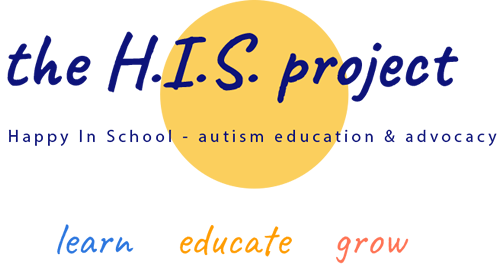
“I don’t see the point?” have you ever heard a young person in your care say this? Your first reaction might be to think they’re rude or defiant. But what if they are on the autistic spectrum? It’s not the obvious thing most people think about when they imagine what a young person with autism spectrum condition will be like, but it’s not uncommon.
The term ‘neurodiverse’ is a short-hand used to explain the differences in behaviour, social interaction and obsessions and/or repetitive behaviours found in people on the autistic spectrum. Argumentativeness, being headstrong, forthright and direct are more subtle, but equally valid expressions of the ASD personality. When you think about it, it makes perfect sense.
Listening for neurotypical responses to questions posed to a person with ASD, is failing to understand that even your question will need to be de-coded by them. Intelligent children with high-functioning autism can be tripped up by not being able to infer nuance when they are trying to answer an exam question, or even answer a question face to face. Questions being asked by a teacher can be more loaded or create more confusion if the teacher uses sarcasm or humour which can ‘get in the way’ of their understanding. I have witnessed examples of children giving answers to questions that they have clearly understood. Asking a pre-schooler, aged 4, ‘do you have any pets..?’ To which the answer was.. “erm no, but I have a sister..?” said with a completely straight face.

‘If at first you don’t succeed…’ remember that rhyme you learned at school? Well for children with autism, who perceive the world differently, they may not understand why we are trying to hard to make something fit that doesn’t belong. They will communicate their incomprehension in their responses to questions, that in their mind are ambiguous or confusing.
Imagine trying to bash a square peg into a round hole (many of you may do this already, daily..) But at some point you will give up, knowing it is a pointless exercise. Likewise, for some children and young people with autism, they will cease and desist on a task or decline to participate, because they either
a) don’t believe they will succeed, or
b) genuinely think the exercise is of little value to them.
Why would I want to be in a chemistry lesson, when I want to be a dancer… ‘what’s the point?’
“I’m not cold outside, so why do I need to take my jumper with me… I don’t see the point!”
Taking into account issues of safety and concern for their welfare, future employment prospects and all of the reasons children go to school to learn social and academic skills, sometimes, it’s worth listening to why they think doing something makes no sense. As an adult, educator or parent, we can teach our charges by sometimes agreeing with them. It’s a good starting point to build accord and co-operation. Sometimes explain that we are wrong, before we try to explain our version of logic. Occasionally, another version is valid and worth listening to. All of this is contextual and may fly in the face of existing strategies of structure and reward that are working very well. Because we are working with a spectrum condition, it’s always worth having a suite of tools in the toolkit, because one day, with one individual child – it will work beautifully.
If you are seeing experiencing severe demand defiance in your child or young person, they child may be experiencing Pathological Demand Avoidance, which is part of the autistic spectrum.
© Suzy Rowland
If you love debates and discussions about your child, how they think, act, learn, behave, you will love the #happyinschool project. Your chance to make friends, learn more about autism and ADHD and their influence on your children and young people and you might just learn something new about yourself.
Click here for details of the next session.
